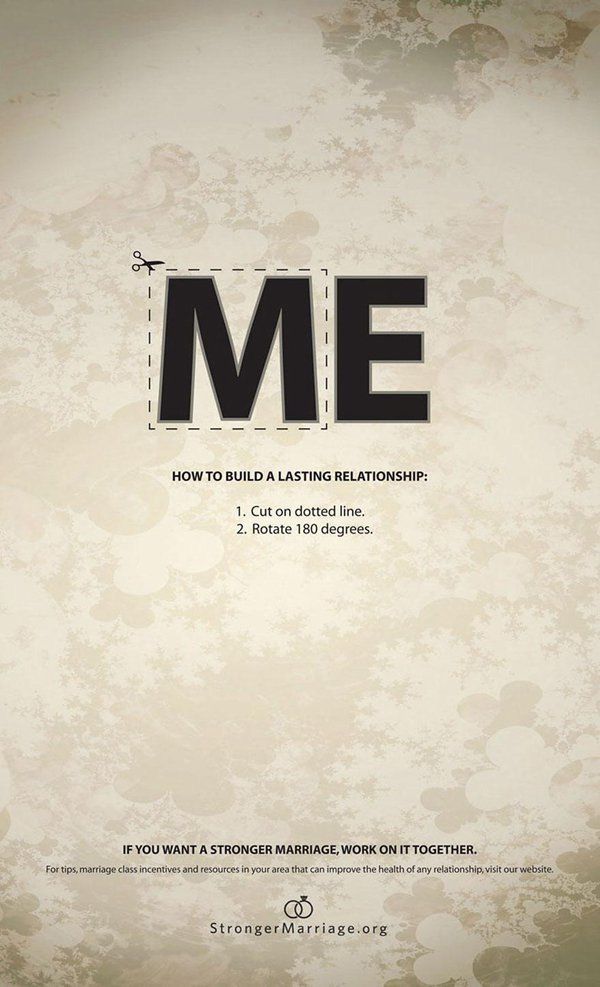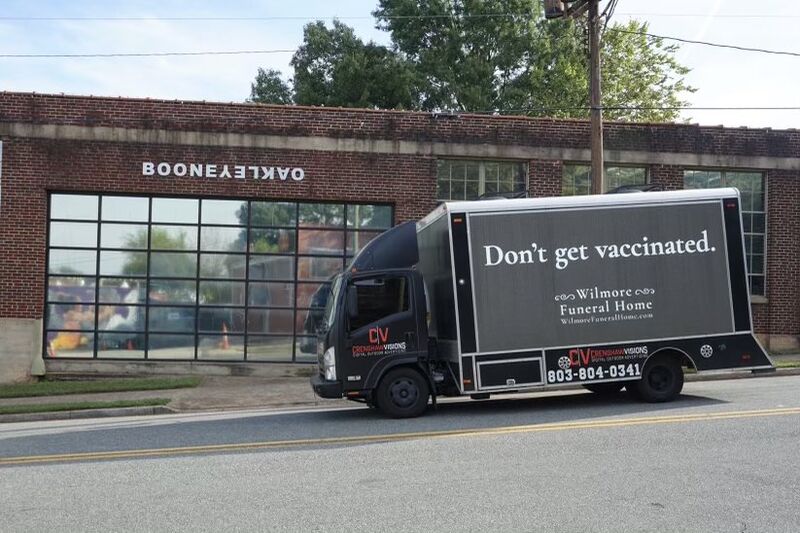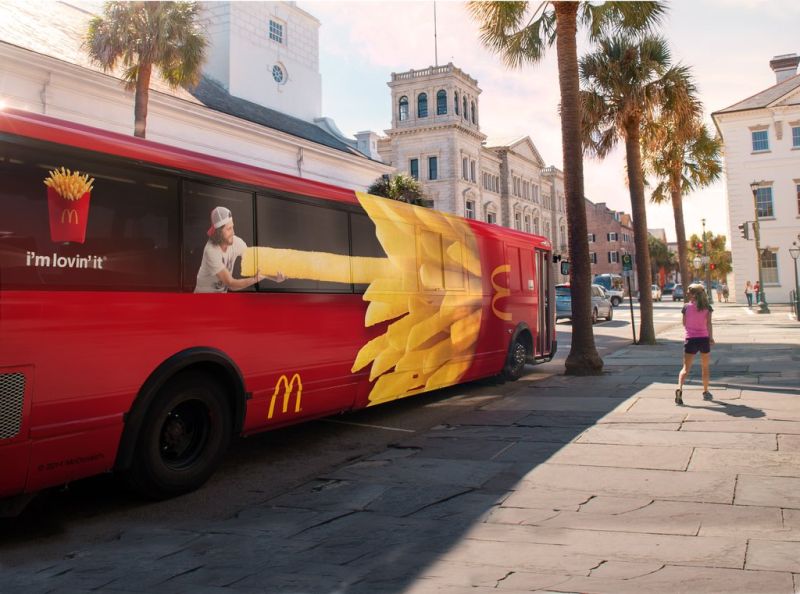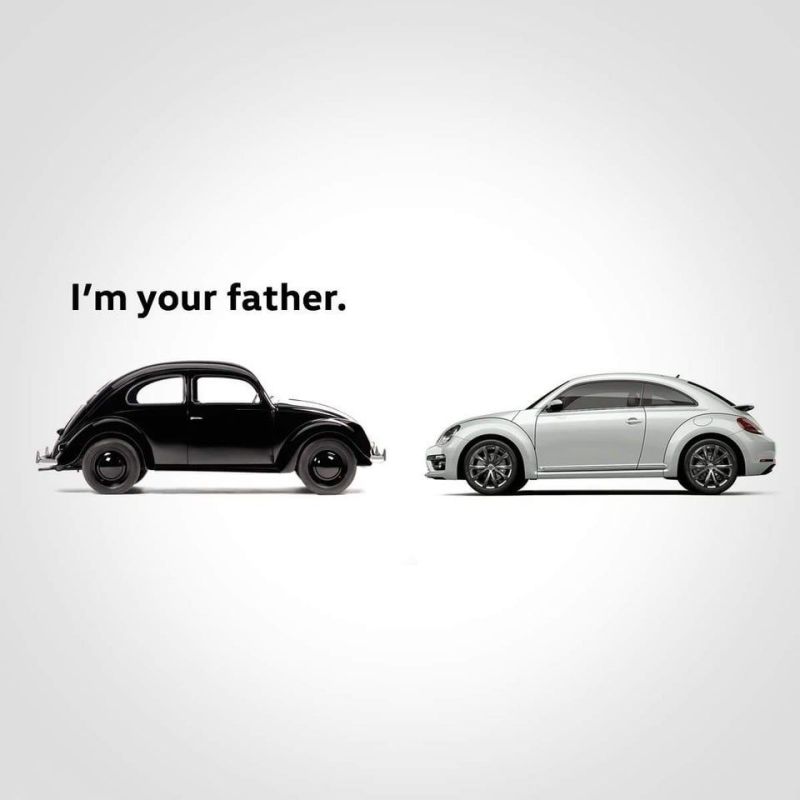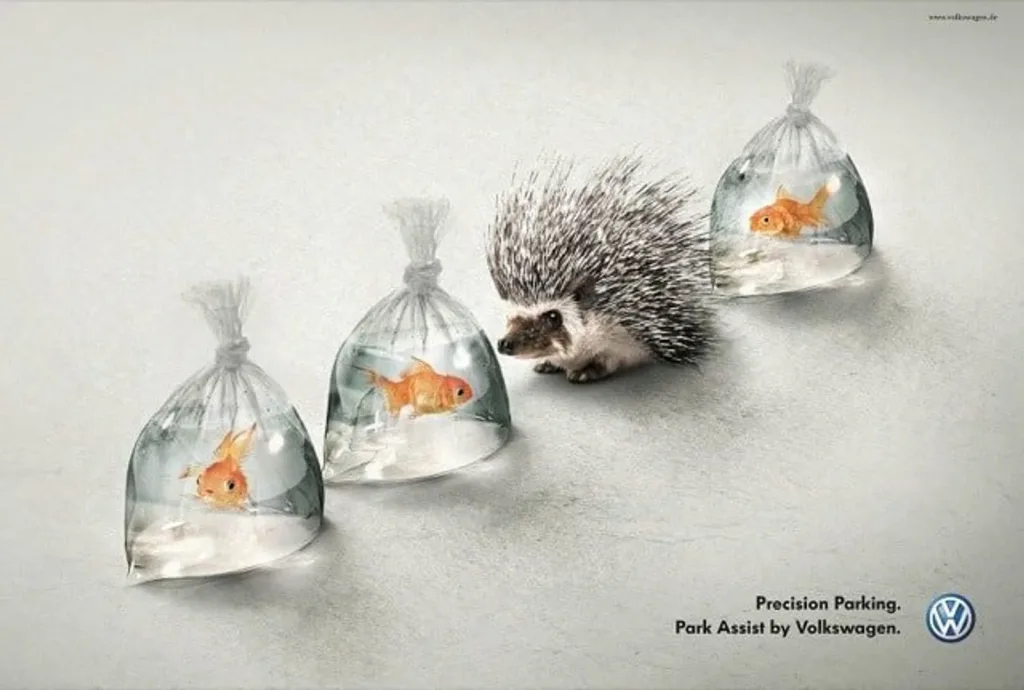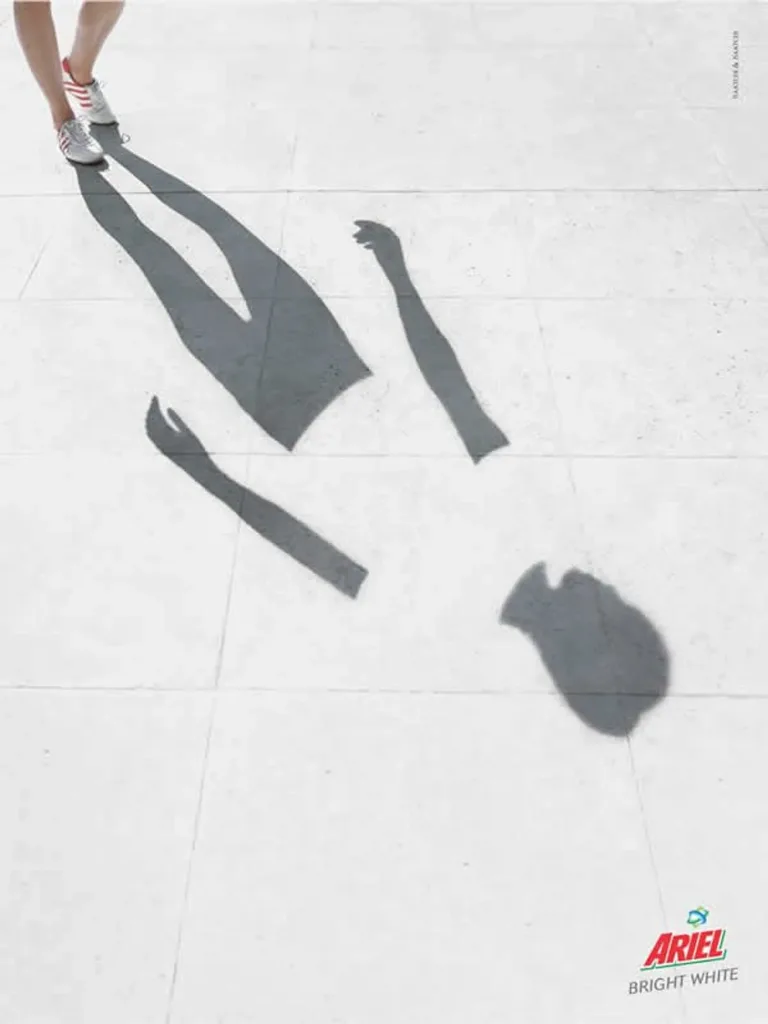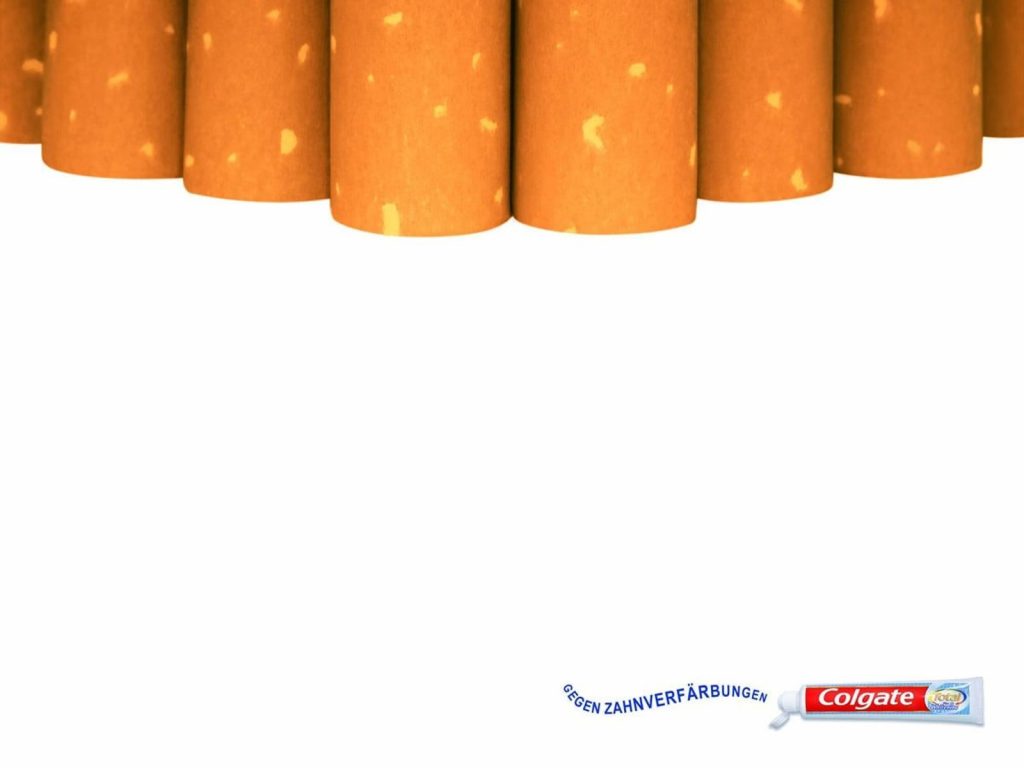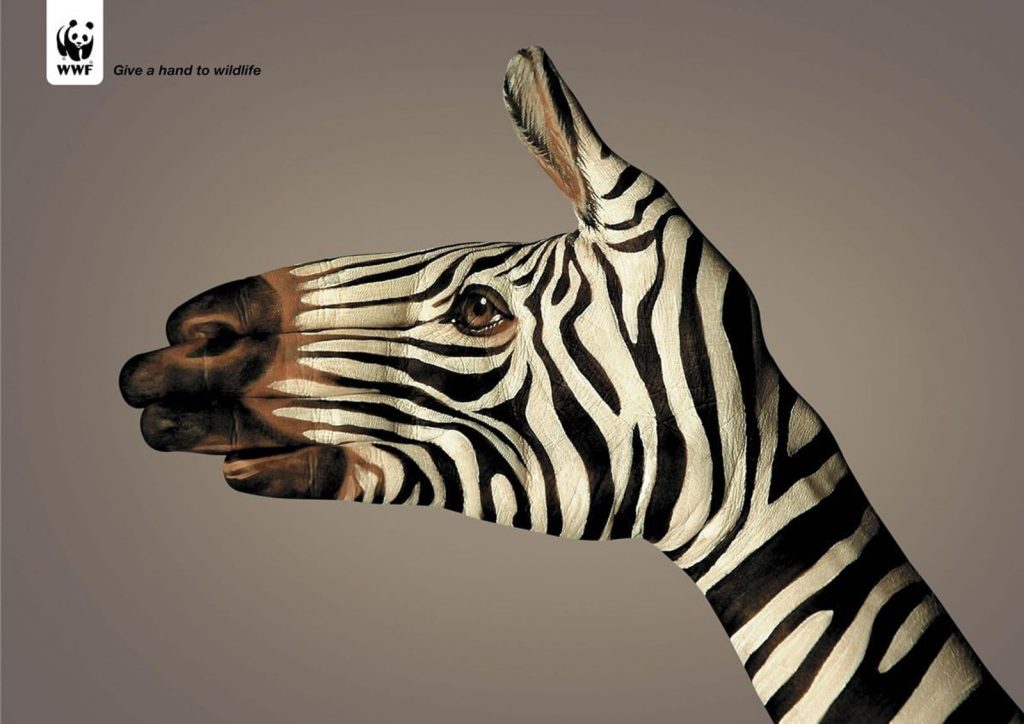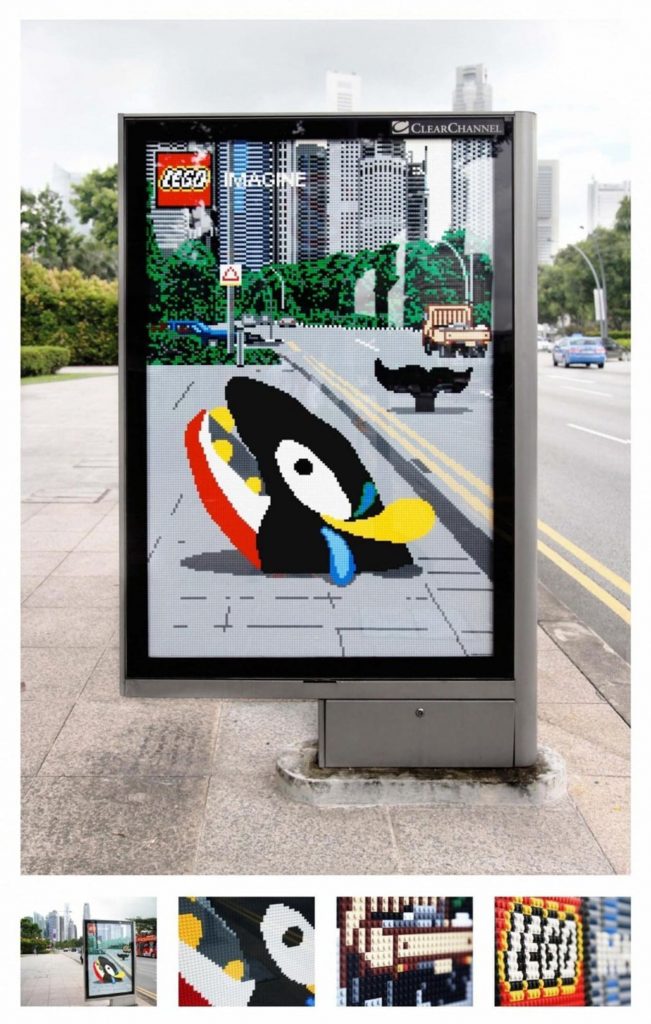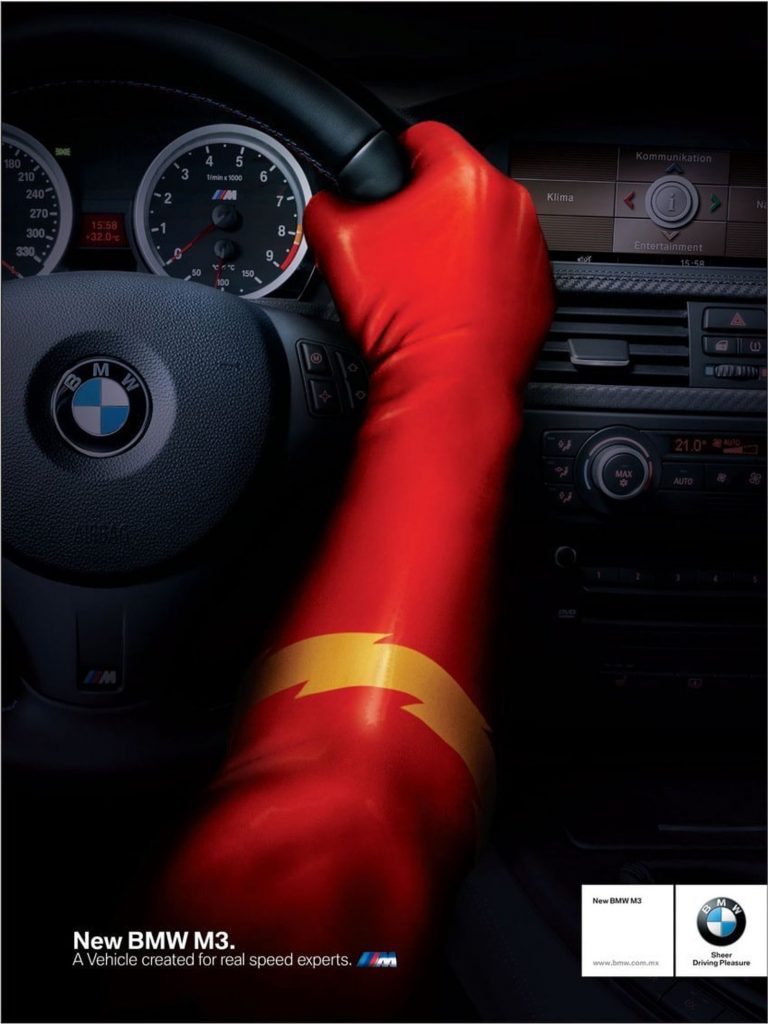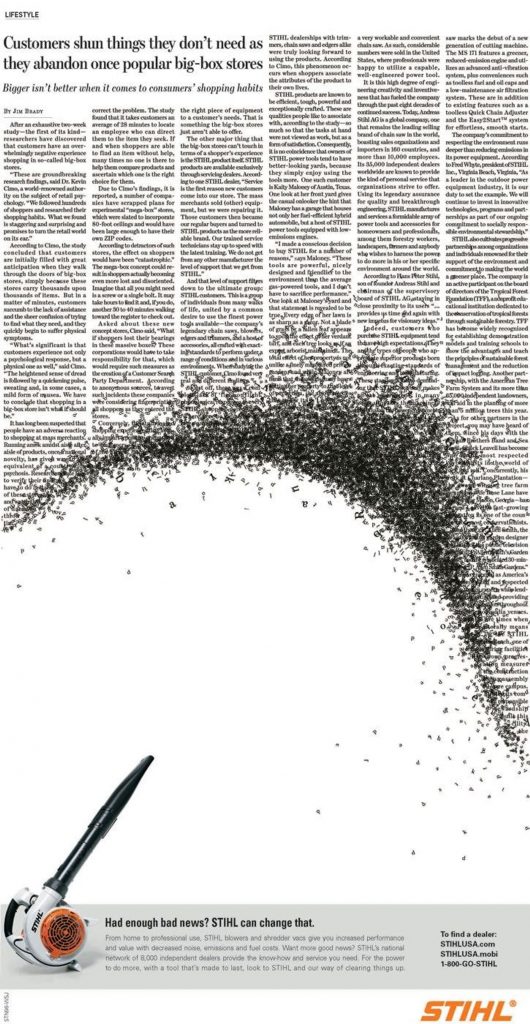Among other things, Uber has made it far easier for party-goers to get home safely. A study published in 2017 found that after Uber’s arrival in Portland, Oregon, alcohol-related car crashes declined by 62%. But at the same time, the spread of ride-hailing apps may have tempted people to drink to excess, knowing that they won’t beat the wheel. A study published in November 2019 by three economists – Jacob Burgdorf and Conor Lennon of the University of Louisville, and Keith Teltser of Georgia State University – found that the widespread availability of ride-sharing apps had indeed made it easier for the late-night crowd to binge.
By matching data on Uber’s availability with health Surveys from America’s Centres for Disease Control and Prevention, the authors found that on average alcohol consumption rose by 3%, binge drinking (in which a person downs four or five-drinks in two hours) increased by 8%, and heavy drinking (defined as three or more instances of binge drinking in a month) surged by 9% within a couple of years of the ride-hailing company coming to town. Increases were even higher in cities without public transport, where the presence of Uber led average drinking to rise by 5% and instances of binge drinking to go up by around 20%. (heavy drinking still rose by 9%.) Remarkably, excessive drinking had actually been in decline before Uber’s appearance, giving further evidence that the firm’s arrival affected behavior.
Excerpt from: Unconventional Wisdom: Adventures in the Surprisingly True by Tom Standage


